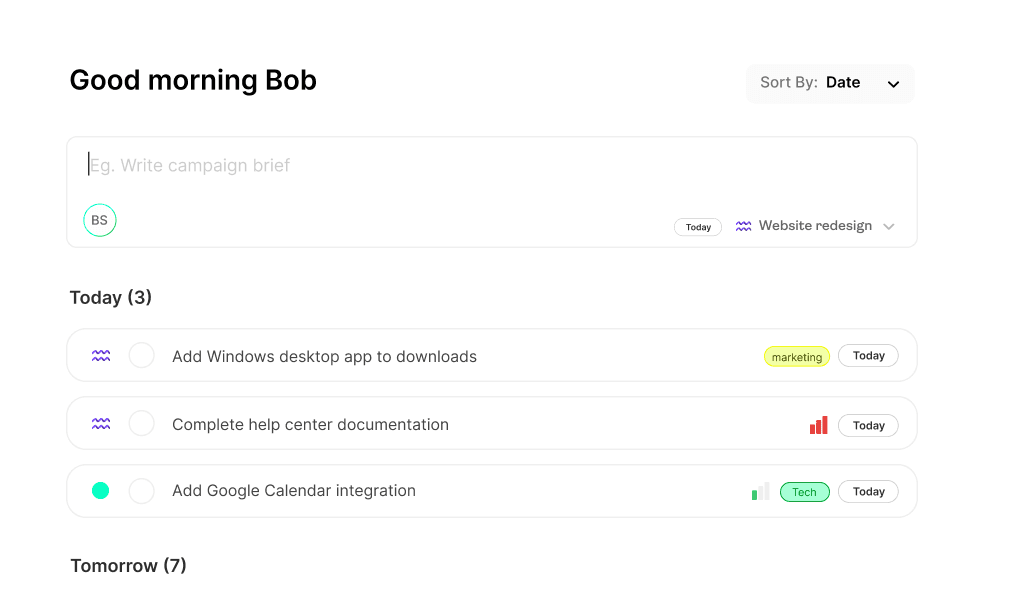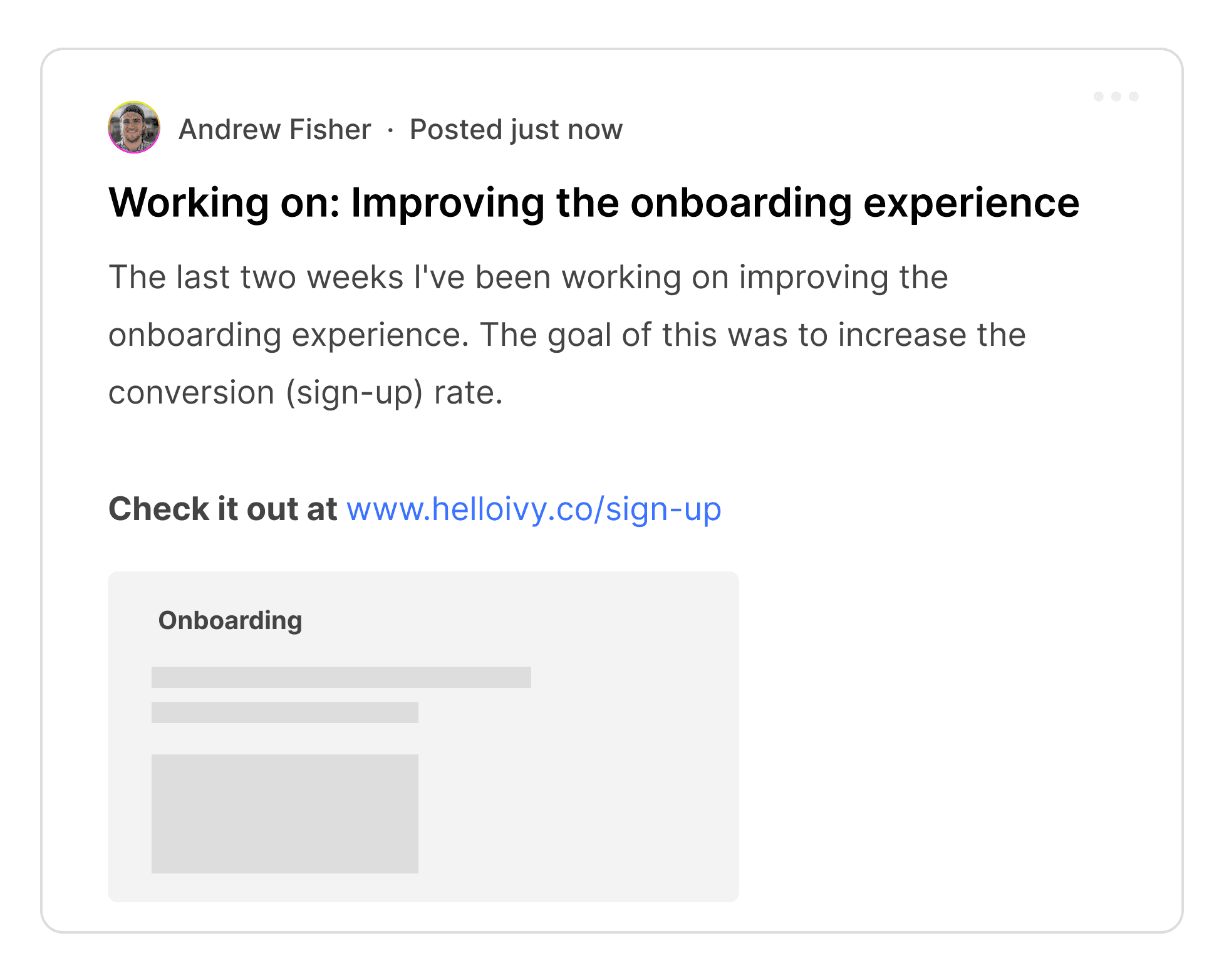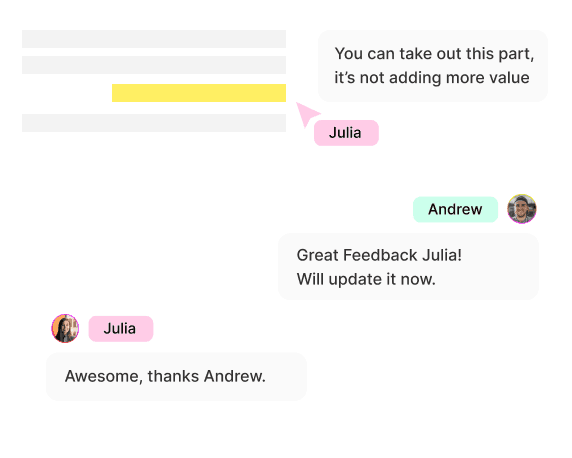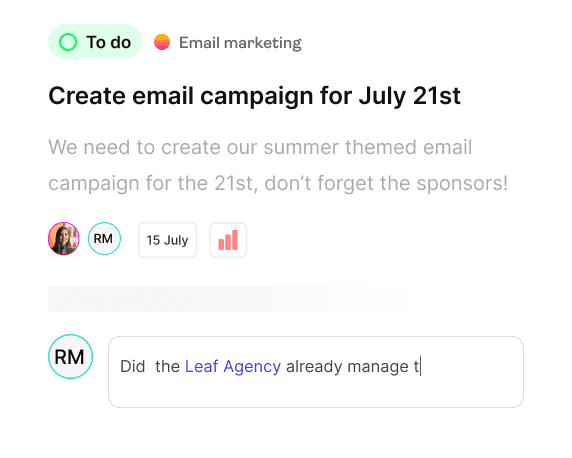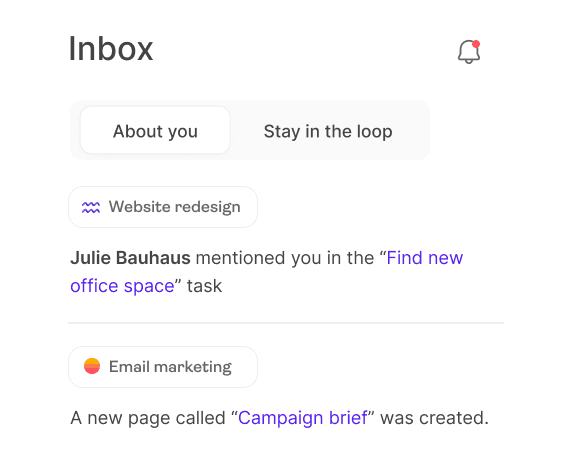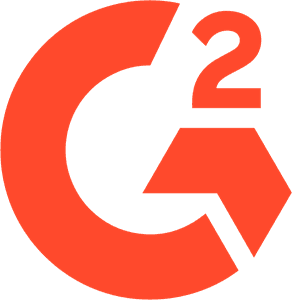
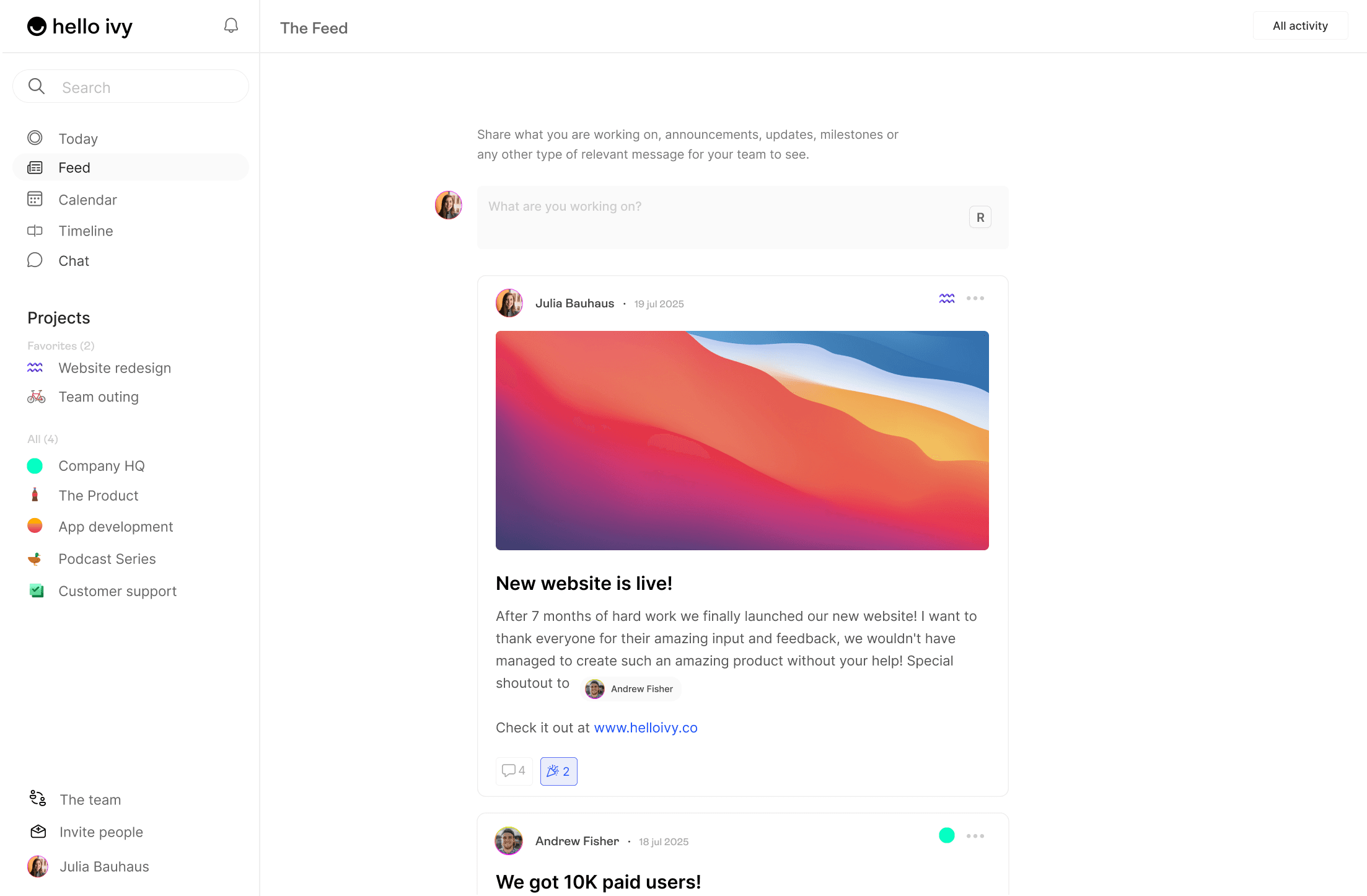
Trello
Trello is a web-based project management tool that mainly focuses on task management. At its core, Trello operates based on the concept of Kanban boards. Users create boards for different projects or areas of work and populate them with task cards categorized in lists. Lists represent stages or categories, such as "To-Do," "In Progress," and "Completed."
Cards in Trello contain details about a task or item, such as descriptions, attachments, due dates, and assigned team members. Users can move cards across lists to reflect progress, facilitating a visual representation of the workflow and enabling easy tracking of tasks from start to finish.
Trello emphasizes simplicity and ease of use, providing a clean and straightforward interface. Users can customize boards, lists, and cards to fit their specific needs and workflows. Additionally, Trello supports collaboration, allowing users to invite team members to boards, assign tasks, leave comments, and receive notifications for updates.
While Trello is widely used and appreciated as a project management tool, there are a couple of reasons why some teams prefer not to use it:
Not a complete project management tool: Trello's simplicity can be seen as a disadvantage for users who require more advanced features and functionalities. Some users may find Trello's capabilities limited for managing complex projects due to their focus on tasks management only.
Lack of Dependency Management: Trello does not have built-in dependency management features, which can be a drawback for projects that have task dependencies.
Visual Overload: While the visual nature of Trello is appreciated by many, some users may find that the boards and cards can become cluttered and overwhelming due their design-style, particularly when dealing with a large number of tasks. This can make it challenging to maintain a clear and organized overview of the work.
Limited Formatting and Customization: Trello's card and board customization options are relatively basic compared to some other project management tools. Users who value extensive formatting capabilities or advanced customization will find Trello's options lacking.
User Interface and User Experience: While Trello's interface is generally well-regarded for its simplicity, some users may find it too basic or not visually appealing. Personal preferences for design and user experience can vary, and Trello's interface may not resonate with everyone's tastes.
Hello Ivy vs. Trello
The biggest difference between Hello Ivy and Trello is that Trello solely focuses on task management while Hello Ivy offers a much wider range of tools to manage your projects such as documents, chat, discussions, a calendar, a company feed and a lot more.
Trello is task management while Hello Ivy is project management, you can't really compare them. If you simply want to manage your tasks in a Kanban board then Trello is the way to go. If you want a more elaborate project management tool that is still simple and easy to use, which offers much more team communication and project management tools, then Hello Ivy is the way to go.
The future of work
We're opiniated project management software.
If you want to customize your workflows, go to ClickUp, Asana or Notion. Hello Ivy is opiniated software, workflows are rigid and won't break when you scale. No set-up, no learning curve no complexity.
From Chaos to Zen
Go from having your projects scattered all over the place and chaotic team communication to neatly organized projects and a team that's on top of things.
Bird's-eye view
Skip the standup meetings. Hello Ivy keeps you informed on everything your team’s working on, what's been completed, what's next and what slows your team down.
Clean & beautiful UX
At Hello Ivy we believe that great design does matter, UX and UI should be top-notch.
Breathtakingly fast
Waiting for things to load should not be part of productivity software.
Beautiful, powerful and simple project management software built for modern teams.






